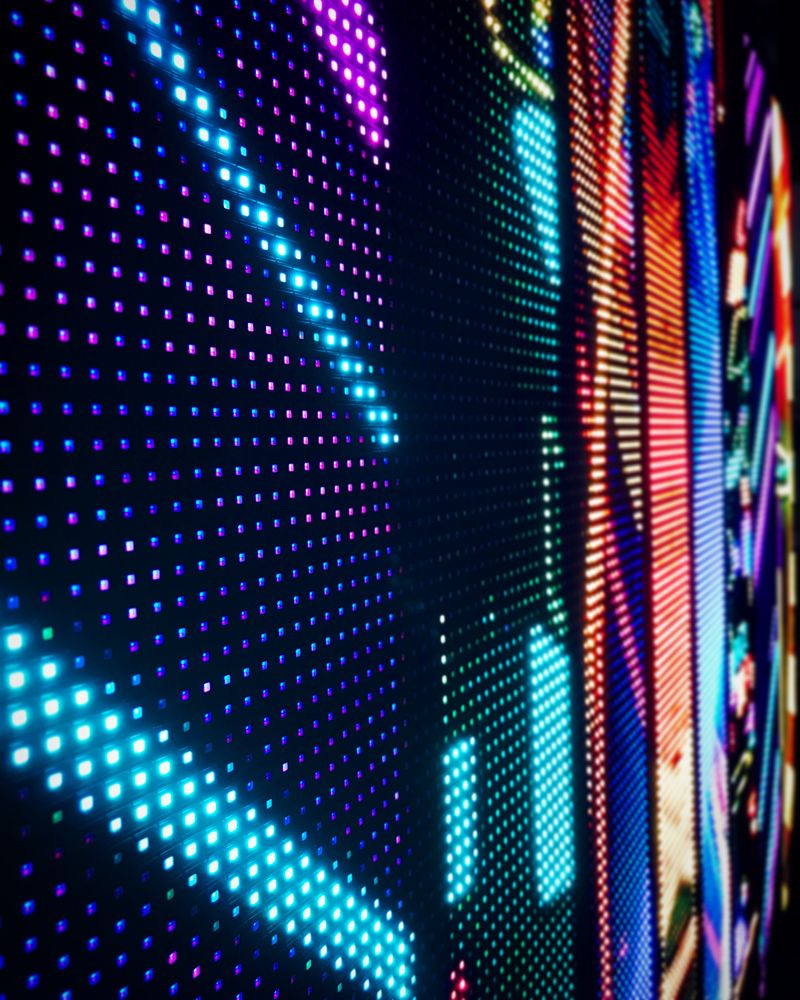Exploring How Resolution Influences the Functionality and Visual Caliber of LED Walls in Modern Exhibition Technology
Exploring How Resolution Influences the Functionality and Visual Caliber of LED Walls in Modern Exhibition Technology
Blog Article
Light Emitting Diode walls are growing increasingly popular in various environments, including concerts and athletic events to corporate displays and creative exhibits. One of the key crucial elements that affect the functionality and visual clarity of these screens is image clarity. Image resolution refers to the number of picture elements that compose the visual on the display. Higher resolution indicates more picture elements, which can lead to clearer and clear images. Understanding how image clarity impacts LED screens can assist operators make knowledgeable choices about their display requirements.
When talking about image clarity, it is crucial to take into account picture spacing, which is the distance between the midpoint of one pixel to the midpoint of the following picture element. A reduced picture pitch results in a higher resolution, allowing for more detail in the visuals shown. For instance, an LED wall with a pixel pitch of 1.5mm will provide a clearer image than one with a pixel pitch of 3mm. This is especially crucial in settings where viewers are close to the display, such as in a compact location or a exhibition show booth. In these cases, a higher image clarity can significantly enhance the observing quality.
Another factor of image clarity is its impact on color accuracy and luminosity. LED screens with higher image clarity often have better hue reproduction, meaning that the colors shown are increasingly lively and realistic. This is crucial for applications like marketing, where the objective is to capture attention and convey a concept efficiently. Additionally, greater image clarity screens can preserve luminosity levels even when viewed from different perspectives. This is crucial in big venues where viewers may be seated at various ranges and positions from the screen.
The performance of LED walls is also affected by image clarity in terms of update frequencies and reaction durations. A greater image clarity screen can support quicker update frequencies, which is crucial for fast-moving material such as films and motion graphics. This indicates that the visuals on the display will look more fluid and increasingly fluid, improving the overall viewing experience. In comparison, reduced image clarity displays may have difficulty with dynamic material, resulting in fuzziness or delay. Therefore, for occasions that rely on high-energy visuals, choosing a display with a suitable resolution is critical.
In conclusion, image clarity plays a vital role in determining the performance and visual quality of LED screens. Factors such news as pixel pitch, color accuracy, brightness, refresh rates, and reaction durations all affect how effectively a screen can communicate information and engage viewers. As technology continues to progress, grasping these factors will assist operators select the right LED wall for their specific needs, guaranteeing that they obtain the optimal potential outcomes in their displays and occasions.
